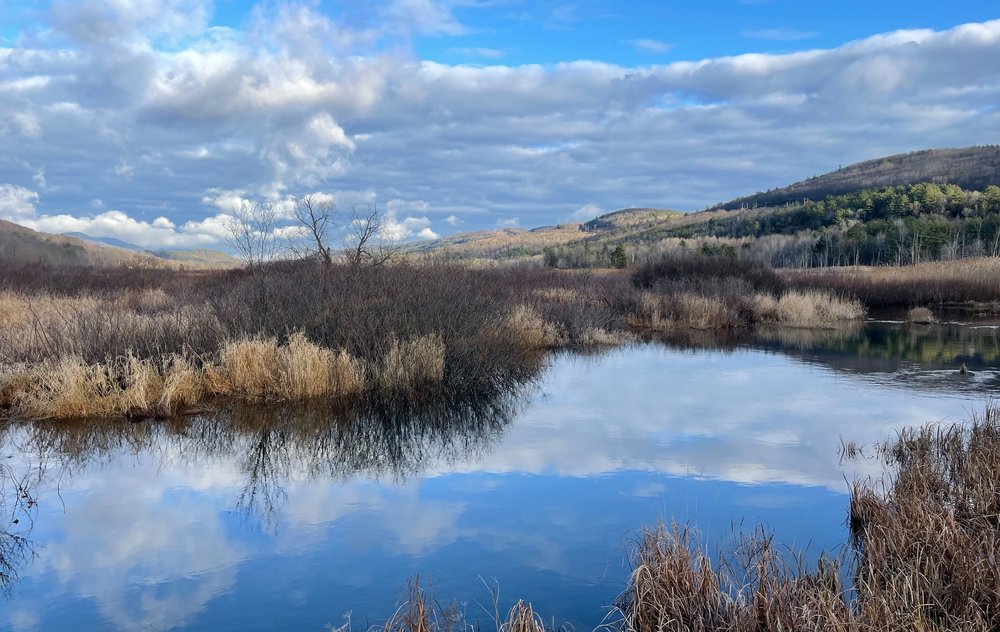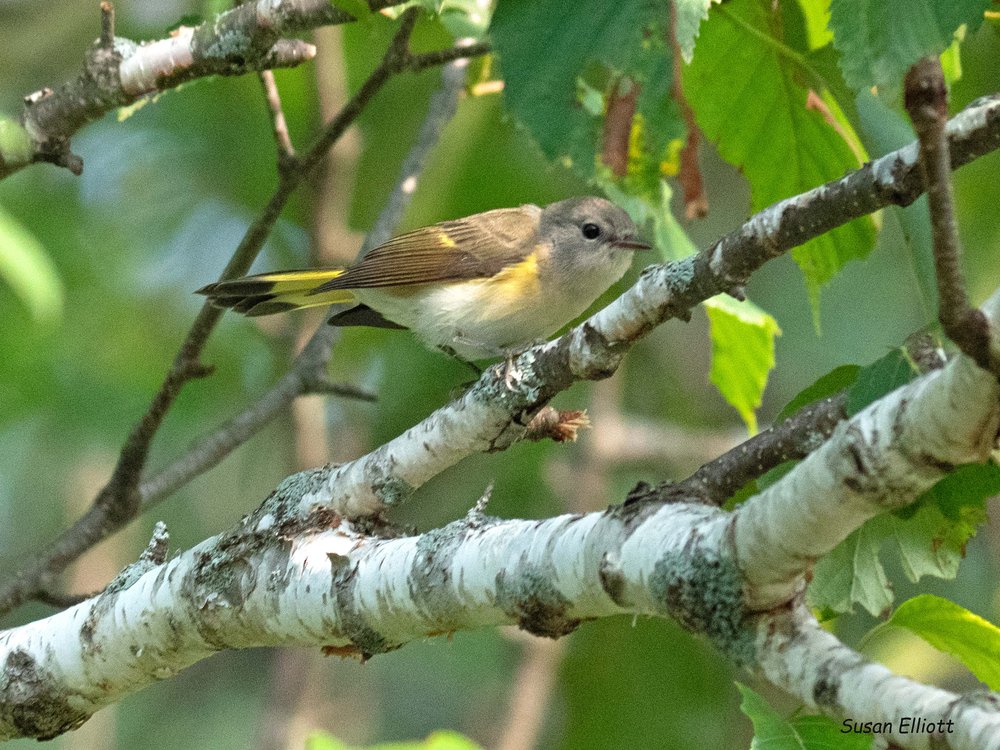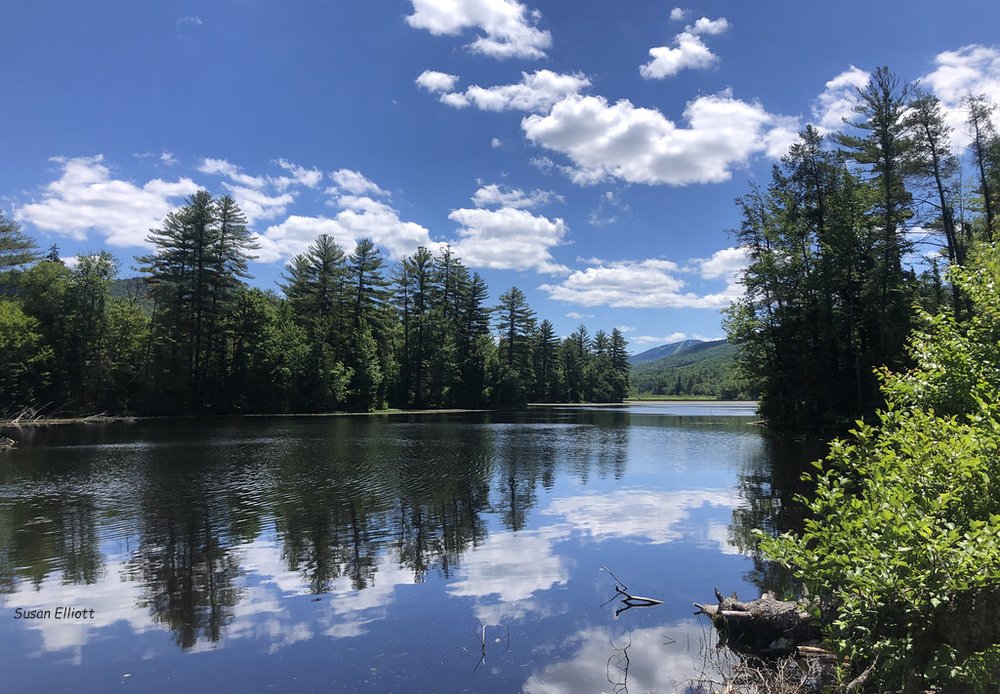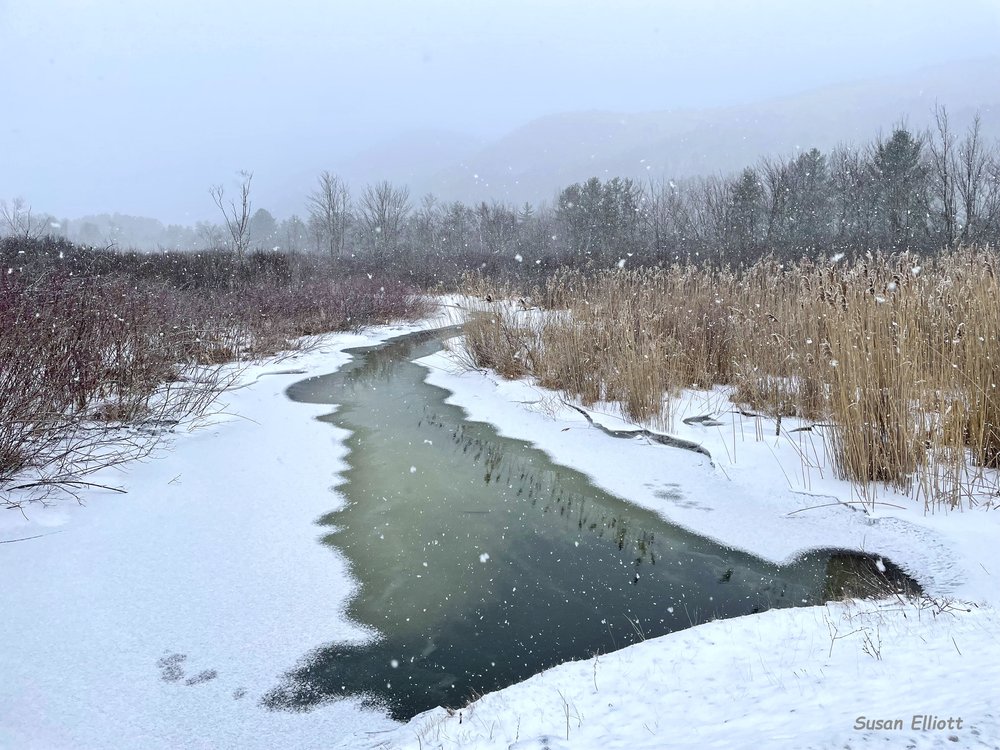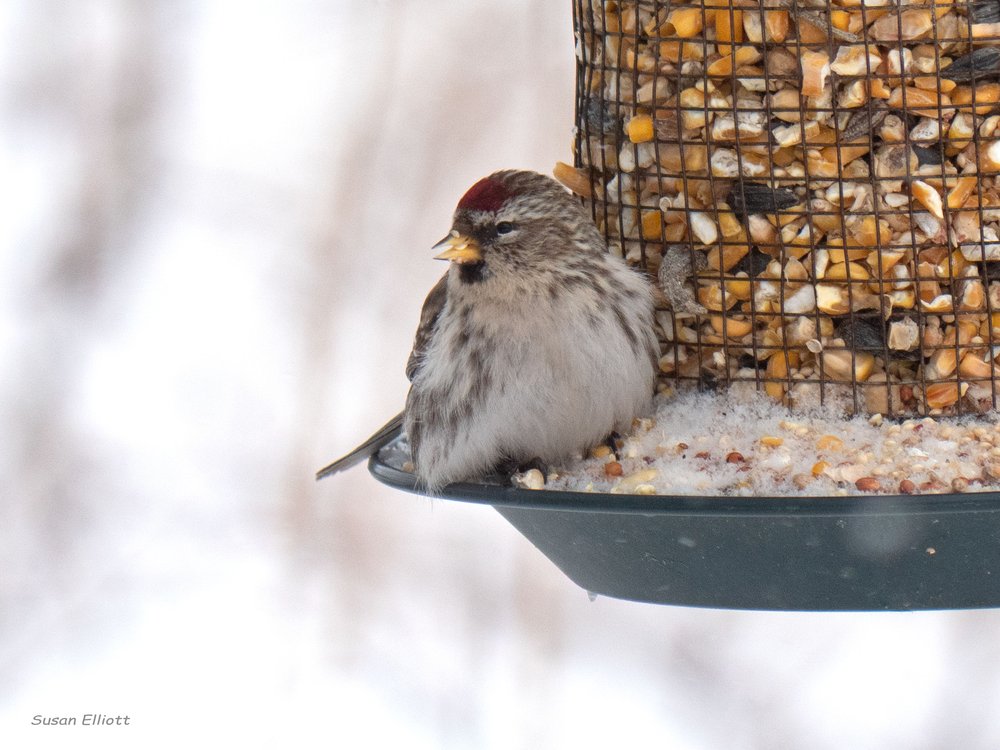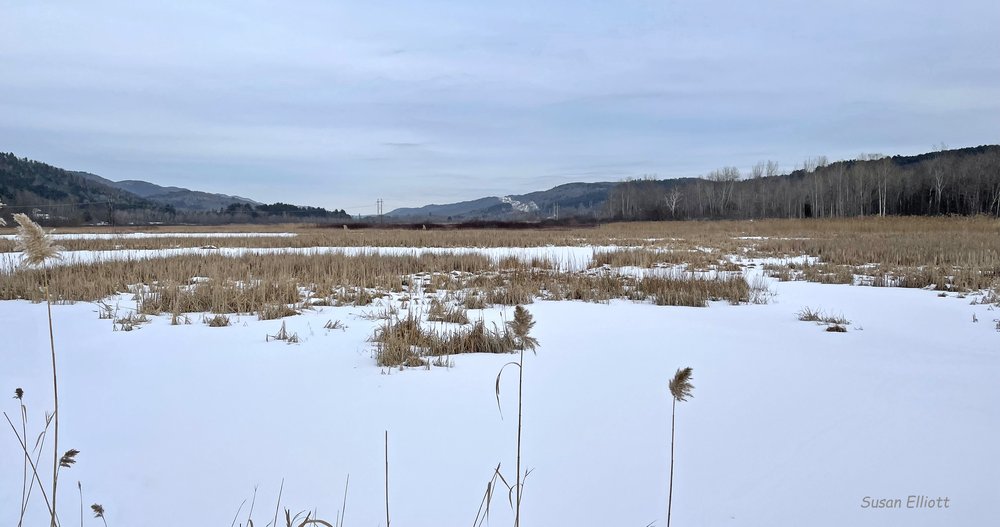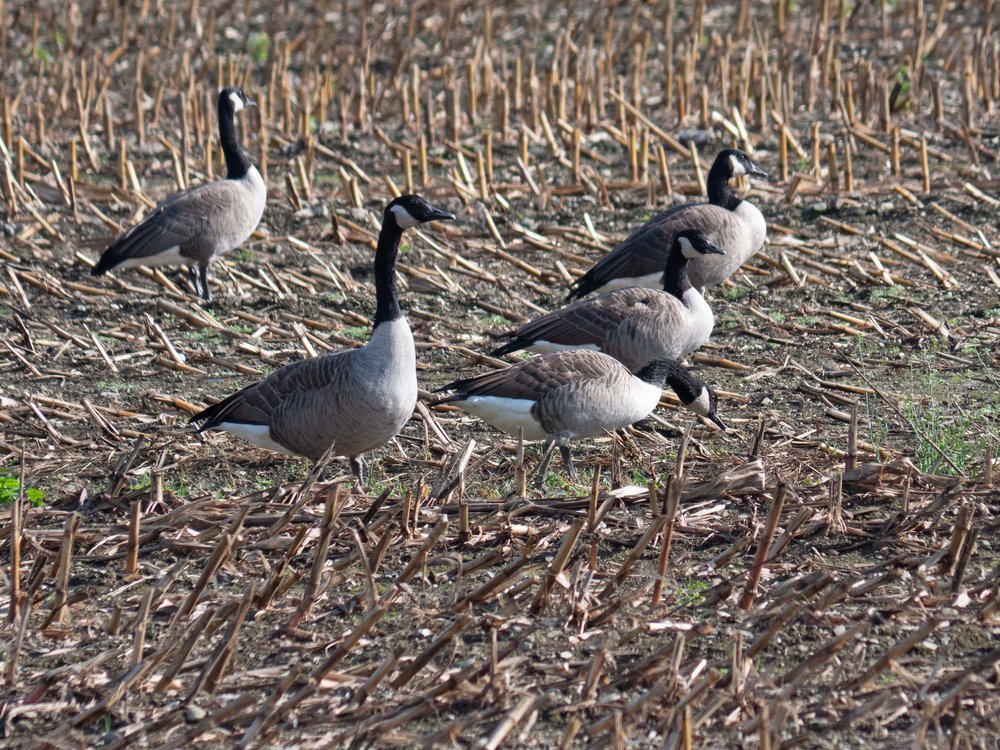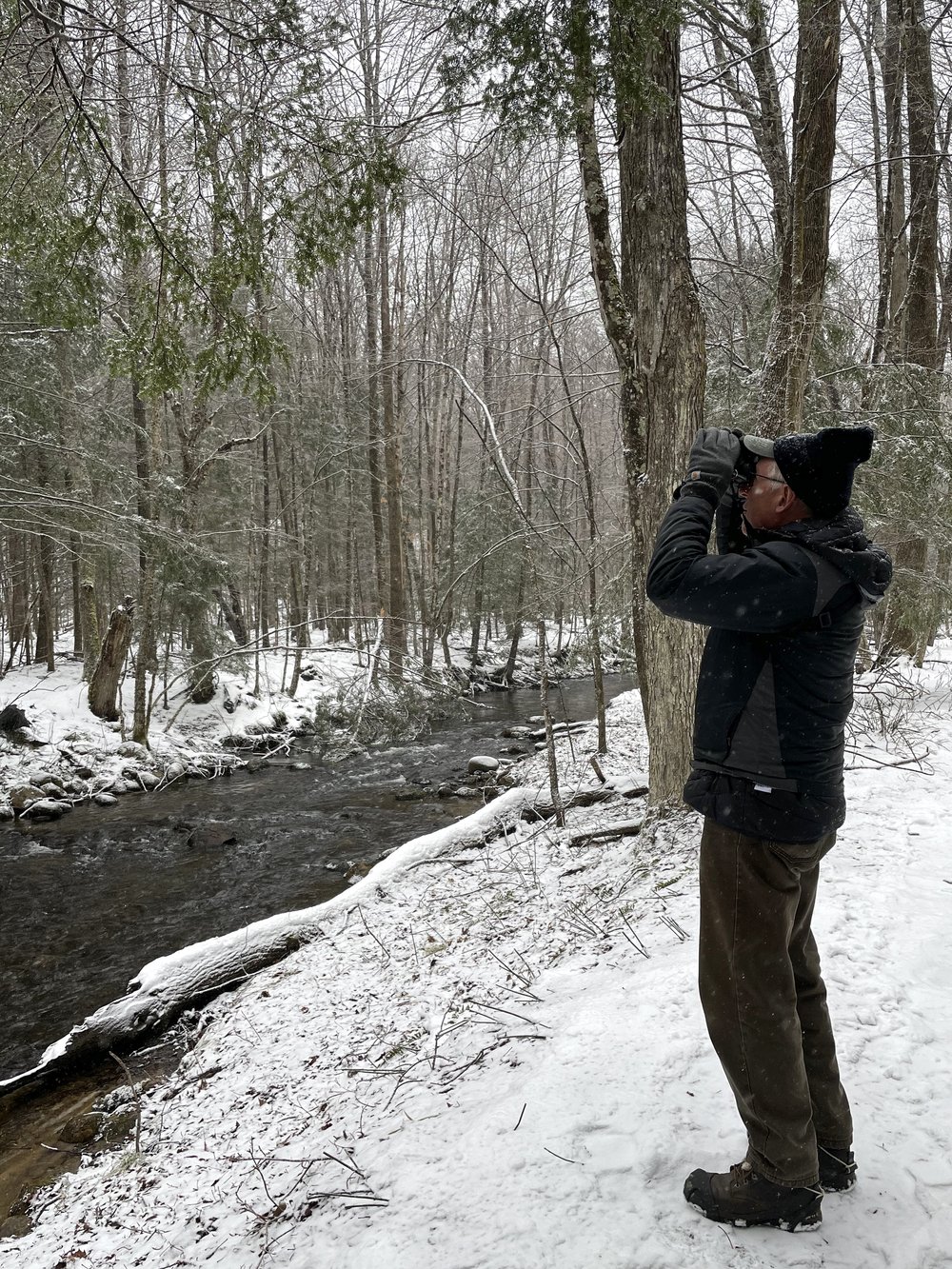 For the second year in a row, bad weather and the pandemic played a part in the 2021 Rutland Christmas Bird Count held on January 2, 2022. Despite adversity, there were quite a few highlights. Two new species were added to our running species total, 105 in all now for the history of the Rutland count. This was National Audubon’s 122nd count and Rutland’s 48th.
For the second year in a row, bad weather and the pandemic played a part in the 2021 Rutland Christmas Bird Count held on January 2, 2022. Despite adversity, there were quite a few highlights. Two new species were added to our running species total, 105 in all now for the history of the Rutland count. This was National Audubon’s 122nd count and Rutland’s 48th.
The morning began with freezing rain so some teams had a late start and two teams did not go out at all. The temperature dropped throughout the morning causing the rain to turn to snow. Fortunately, road conditions improved as the day went on.
Forty participants, 21 in the field and 19 at feeders, tallied 52 species, not including Count Week species (species seen three days before or three days after, but not on the day of the count).
 MerlinTwo teams covering the Otter Creek area in Clarendon by foot were especially productive. After a slow start, the birding became very exciting. A Wilson’s snipe, a CBC repeat in that area, horned larks, two snow geese and, a Rutland CBC first, a green-winged teal were among the highlights there.
MerlinTwo teams covering the Otter Creek area in Clarendon by foot were especially productive. After a slow start, the birding became very exciting. A Wilson’s snipe, a CBC repeat in that area, horned larks, two snow geese and, a Rutland CBC first, a green-winged teal were among the highlights there.
A golden eagle, another Rutland CBC first and an uncommon species in Vermont especially in winter was spotted in Hubbardton!
Two of three possible falcon species, Peregrine Falcon, atop of its usual perch on the steeple of the Grace Congregational Church in Rutland, and a Merlin, also in Rutland, were spotted.
Other raptors included 13 red-tailed hawks, one barred owl and four Cooper’s hawks.
Other out-of-season species included great blue heron, northern flicker, belted kingfisher, song sparrow, common grackle and red-winged blackbird.
Feeder watchers throughout the circle area were especially helpful in adding to the numbers this year. The count’s only, and not recorded every year, yellow-bellied sapsucker was found at a feeder. Another feeder watcher reported evening grosbeaks, less common throughout Vermont this winter so far than last.
Three species not seen during the actual count, but during Count Week were hooded merganser, bald eagle and winter wren.
The day ended with a Zoom get-together to share some of the highlights and get a preliminary idea of the results.
Thanks to RCAS president Kathleen Guinness for putting together the Rutland CBC once again and all the participants for participating in community science!
For those interested in digging deeper into CBC data, whether Rutland’s or elsewhere, click here for a link to the information (the current count will not be available until later in the year). Rutland’s CBC code is VTRU.
Click here for a link to National Audubon’s CBC Summaries through from 1901 through last year.
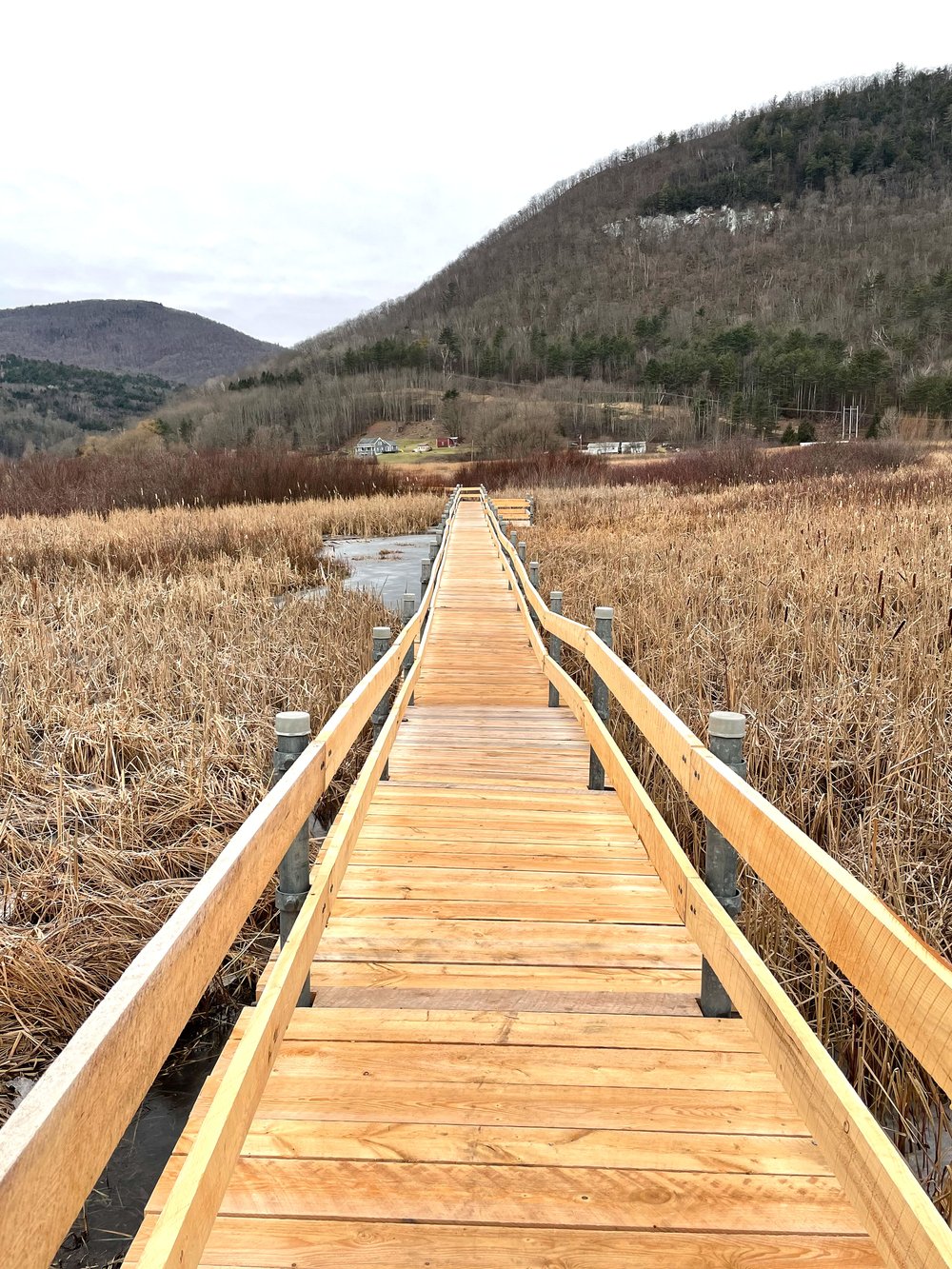 No snow and mild temperatures! Today’s walk around West Rutland Marsh seemed more like a day in November rather than mid-January. Seven participants tallied 21 species, none of them a surprise and none of the winter irruptives being seen sporadically elsewhere in the state.
No snow and mild temperatures! Today’s walk around West Rutland Marsh seemed more like a day in November rather than mid-January. Seven participants tallied 21 species, none of them a surprise and none of the winter irruptives being seen sporadically elsewhere in the state.